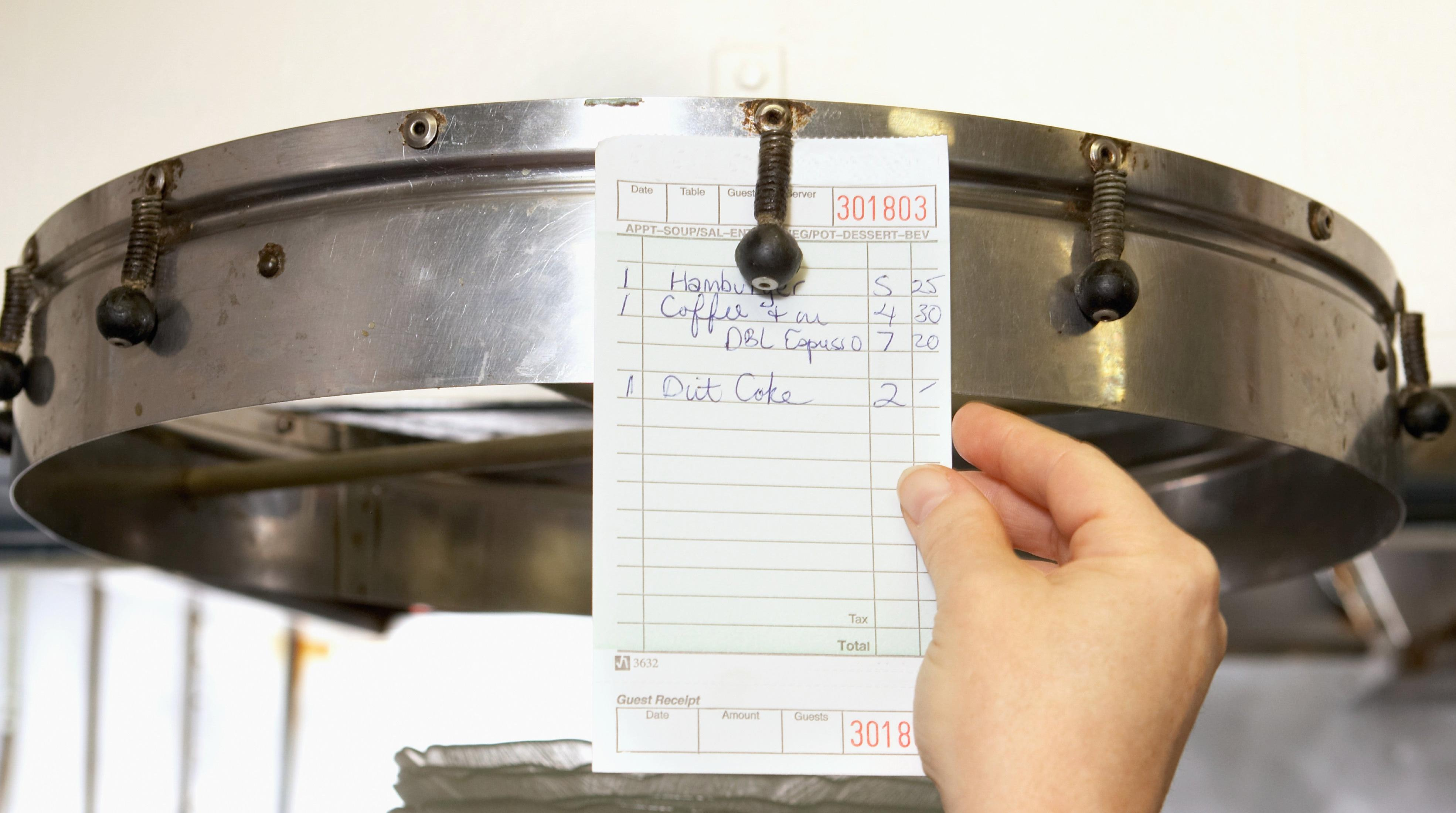Customizing Your Order Isn't Rude Until It Is
A good restaurant patron knows when to forego the special orders.
If you've ever dined out with people who work in hospitality, you'll notice they treat the waitstaff with near reverence, and they're always exceedingly patient with delays. They don't necessarily treat their own coworkers that way during a shift; it's a weird "Only I can talk to my guys like that" dynamic that's protective yet critical. But whatever, that's not my point. My point is, these hospitality workers are careful about when, and how, they request special orders at a restaurant. We can all stand to learn from how they do it.
I hate being the customer who wanders up to the counter and asks for a minor modification, let alone the one who tries to manifest a spring roll at a burrito joint. Consequently, I never custom order much of anything, beyond requesting no black olives on a cheap Greek salad.
However, chef Chris "Gerber" Mathie, who's worked everywhere from five-star hotels to food trucks, explains that there's a right way and a wrong way to modify a menu item, depending on the situation.
Keep the substitutions simple
Some special orders are just fine, Mathie told me. You shouldn't be leery about making a special request if a restaurant has the necessary resources and, more importantly, staff on hand to accommodate it.
"If you have a limited amount of people, which I would say most restaurants currently do, you start making that special order, it means that [line cook] has to stop to accommodate that special order," Mathie said. "If you're just swapping something from one dish to another dish, that usually is not that big of a deal."
Once they get in a groove, line cooks learn to pick up on which mods to look for, according to Mathie, who now works as a private chef. But it becomes an issue when the requests are excessive and turn tickets into "novels." (He did note that altering a dish for a diner with food allergies is totally cool.)
Consider your surroundings
If you're at the sort of fancy restaurant with a server dedicated to wiping the crumbs off your table with a little silver sweep, then by all means, go ahead and have an in-depth, borderline-pain-in-the-ass conversation about the food. However, maybe don't do that at a grab-and-go sandwich shop where the lone cook is up to his apron in tickets. What Mathie emphasized the most is for a diner to be cognizant of their surroundings.
"The awareness is the biggest thing," he said. "If I was in a busy restaurant and people are trying to modify stuff and [it's] busy as shit, I would just be like, 'Can you order something else?'"
Here's an example of a small change that can make a big difference: The next time you want to share an entree with a friend on a chaotic Saturday night out, order the entree with an extra plate rather than requesting that the kitchen split it up for you. It's not that slicing a sandwich in half is hard for the kitchen to do; it's that kitchens are often tight quarters, so as innocuous as an extra dish is in theory, in practice it's taking up precious line space and time.
"You'd think that putting something on two plates is pretty easy, but when you're doing 550 covers ... you don't have the space or the time to accommodate that stuff," Mathie said.
Restaurants want to provide a positive experience
Ultimately, chefs put a dish on the menu with certain ingredients because they believe that is the best way to eat it. But in the end, taste is subjective, and the restaurant understands that customers' preferences will vary. In those cases, asking for something to be made a different way is fine, as long as you're clear, respectful, and transparent about your needs.
"My enjoyment for cooking comes from making people happy, and I think if you're willing to be a little flexible with things, you can make someone happy, and then you have people come back," said Mathie.
Just don't be a jackass like the guy who ordered his eggs sunny side down.
